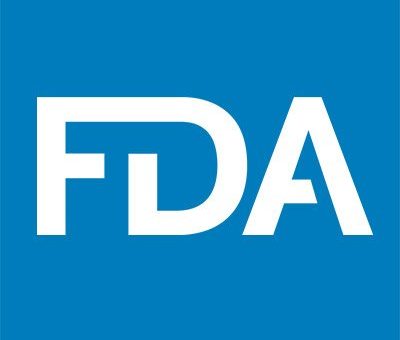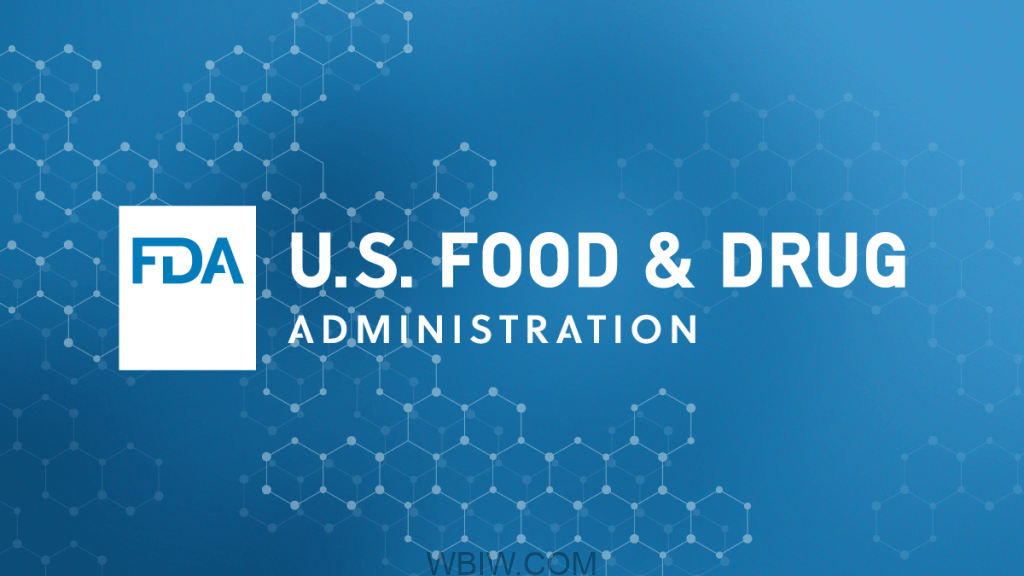
On Thursday, the U.S Food and Drug Administration (FDA) made available the Interagency Working Group on Asbestos in Consumer Products (IWGACP) white paper titled IWGACP Scientific Opinions on Testing Methods for Asbestos in Cosmetic Products Containing Talc (including Talc Intended for Use in Cosmetics).
The white paper outlines scientific opinions on the testing of talc-containing cosmetic products to ensure reliable detection and identification of asbestos particles if present.

The IWGACP consisted of subject matter experts from eight U.S. federal agencies, formed by the FDA. The IWGACP was asked to develop a consensus document that would support the development of standardized testing methods to improve the sensitivity and consistency of analyses and inter-laboratory concurrence when reporting asbestos and other similar particles in talc that could potentially affect cosmetic product safety.
The IWGACP white paper follows the February 2020 public meeting on asbestos testing and takes into consideration additional comments and information received at the meeting and in the docket. IWGACP’s scientific opinions include:
- Utilizing both Polarized Light Microscopy (PLM) and Transmission Electron Microscopy (TEM) methods to identify and report the presence of asbestos and other similar particles;
- Reporting all asbestos and other similar particles greater than or equal to (≥) 0.5 µm in length with a length to width aspect ratio (AR) ≥ 3:1;
- Providing analytical reports with adequate documentation of findings;
- Establishing policies and procedures covering rigorous training, quality assurance, and quality control, to accompany testing methods, to ensure testing laboratories are qualified and their qualifications are reviewed on a regular basis; and
- Encouraging future research on reference materials and sample preparation methods to support standardized test methods for the detection of asbestos in talc and talc-containing cosmetics.
The next steps include preparing an external peer review of the White Paper and Technical Appendices and continuing the agency’s testing of talc-containing cosmetic products for asbestos in 2022. Any next steps in a regulatory process will go through a public process to allow interested parties to provide comments to the agency.
Of note, the FDA’s previous and current talc sampling assignments used PLM and TEM to detect asbestos. We will continue to prioritize our work in this area and update the public with any new developments.



